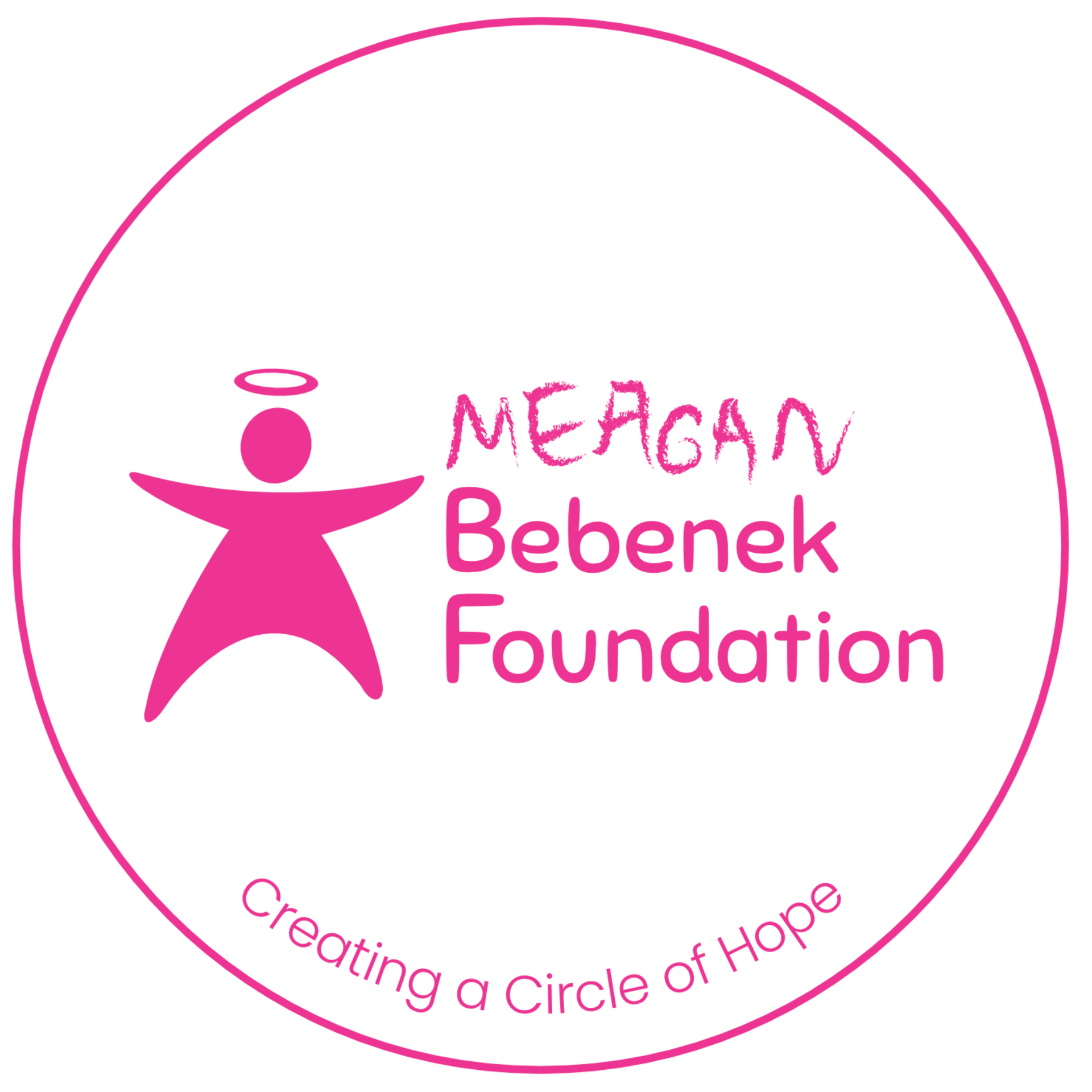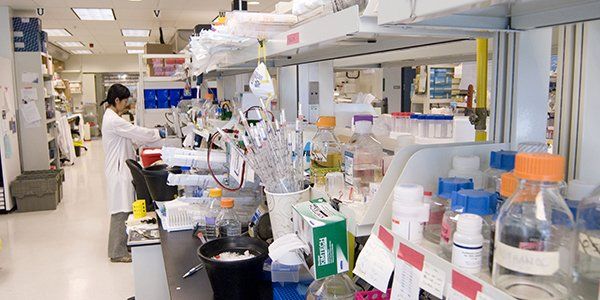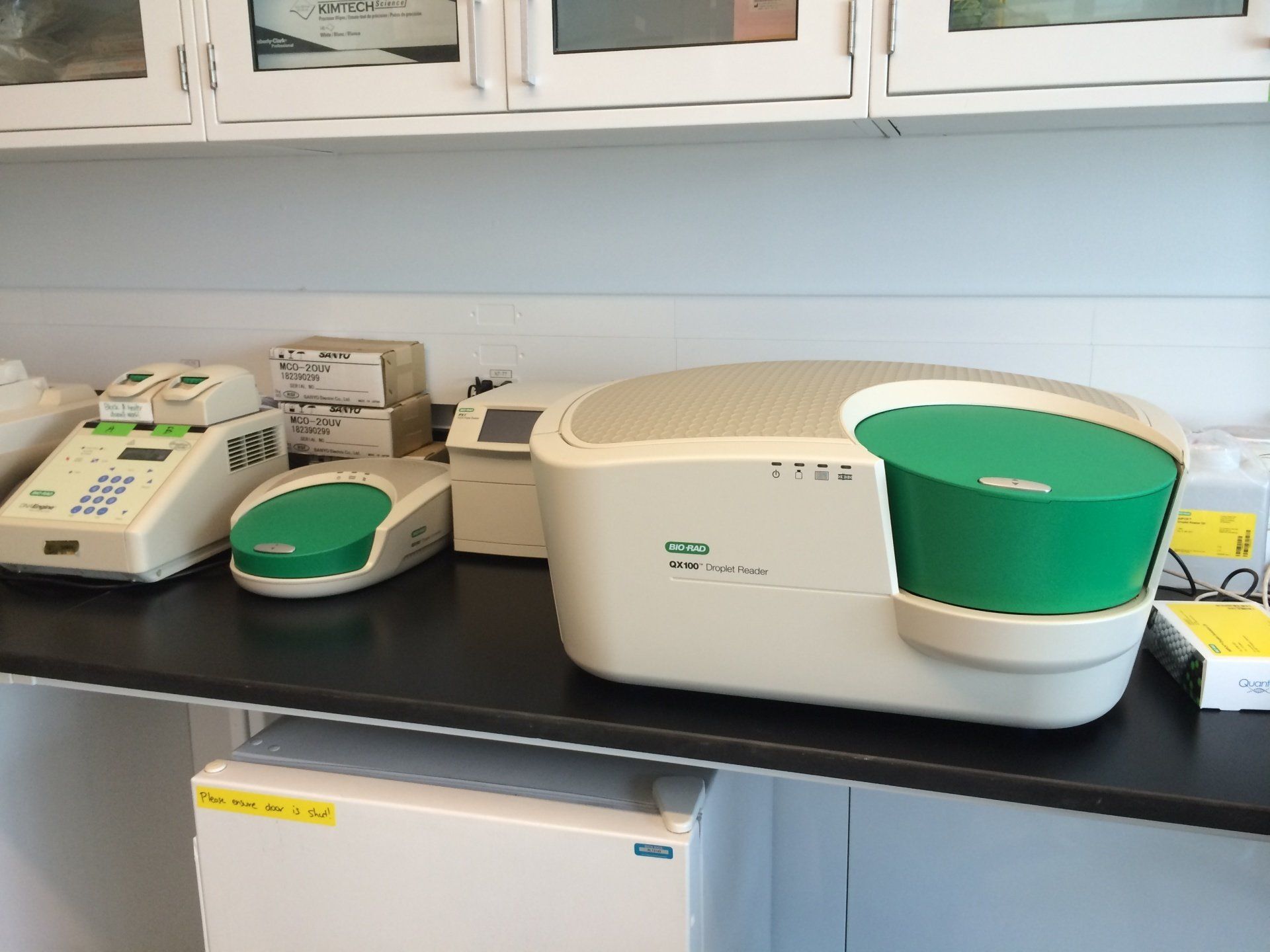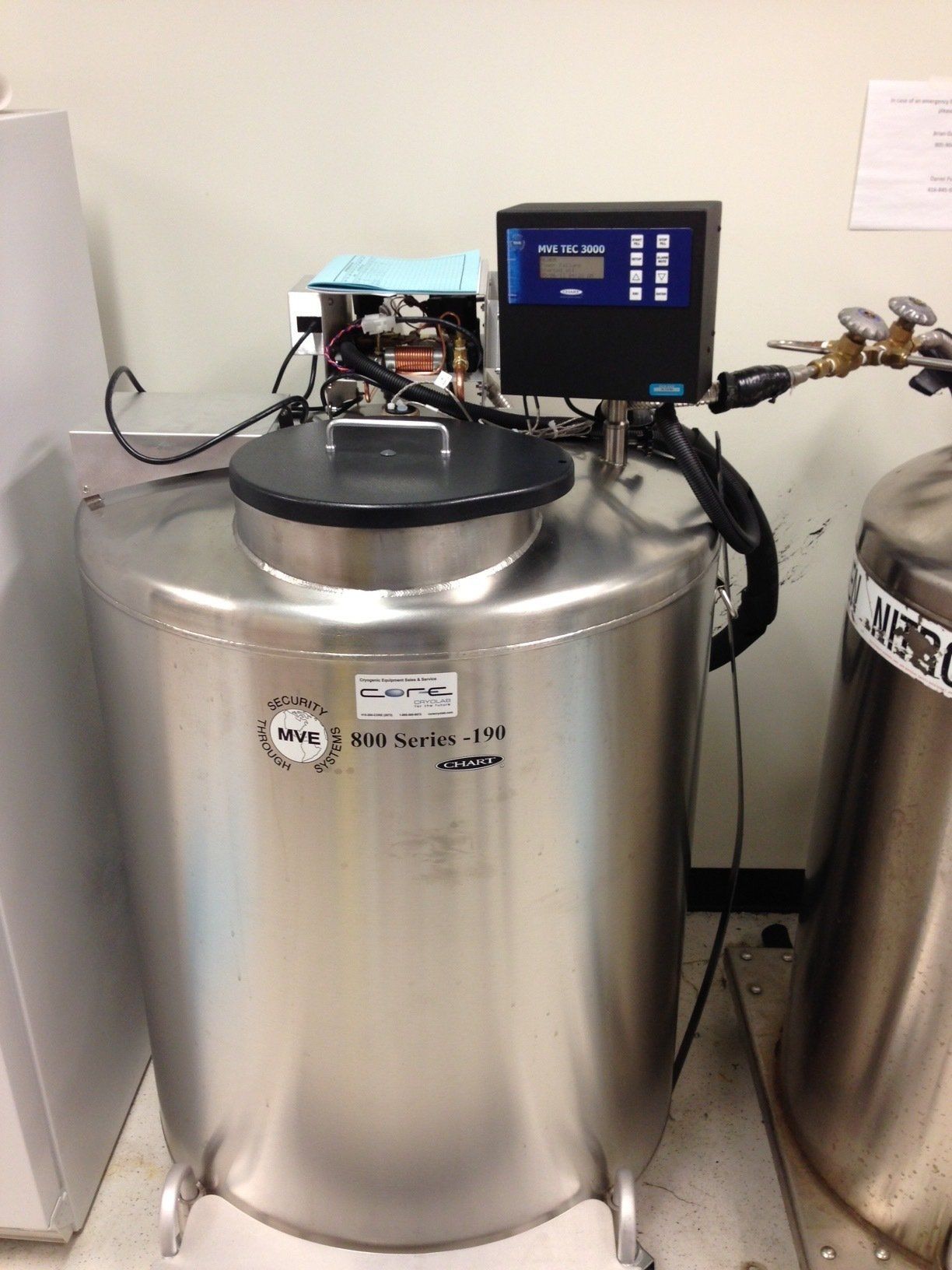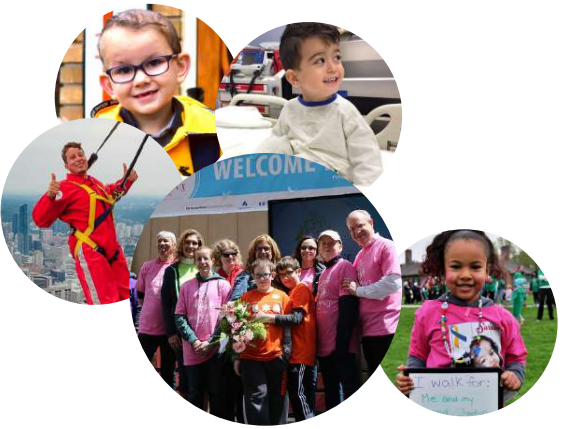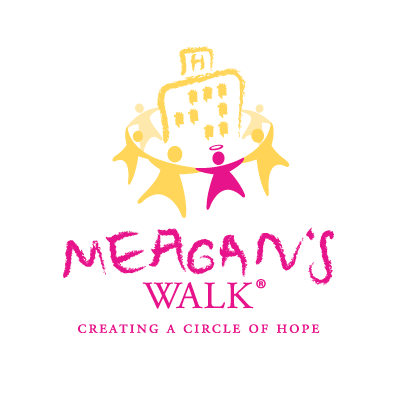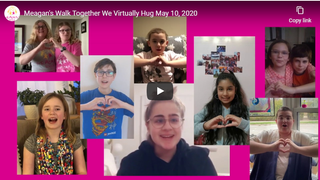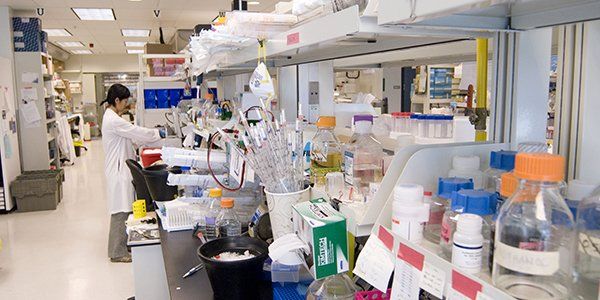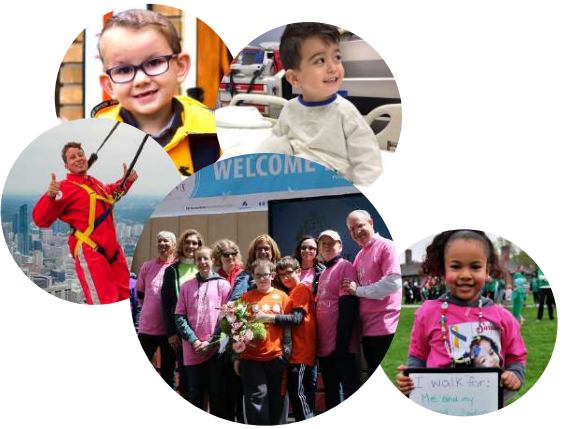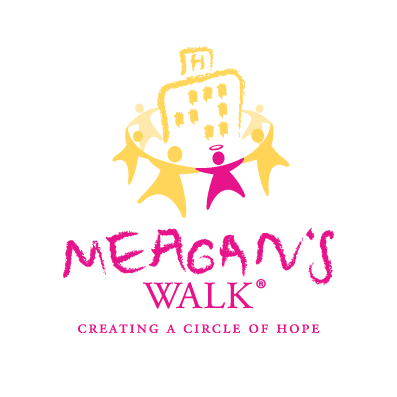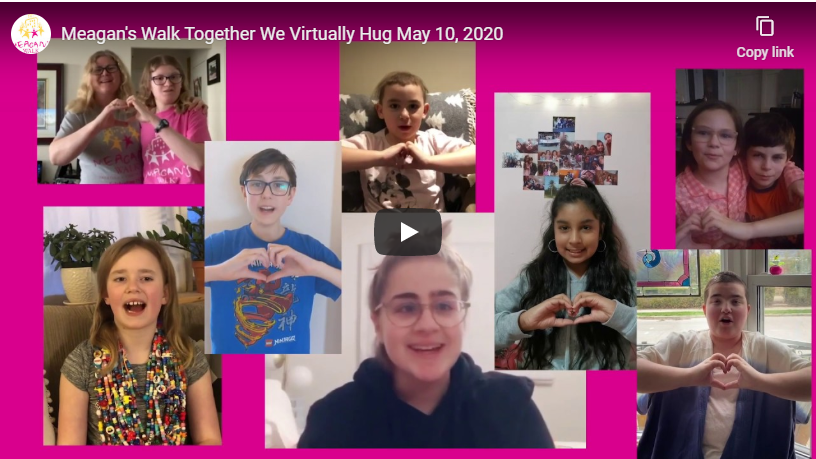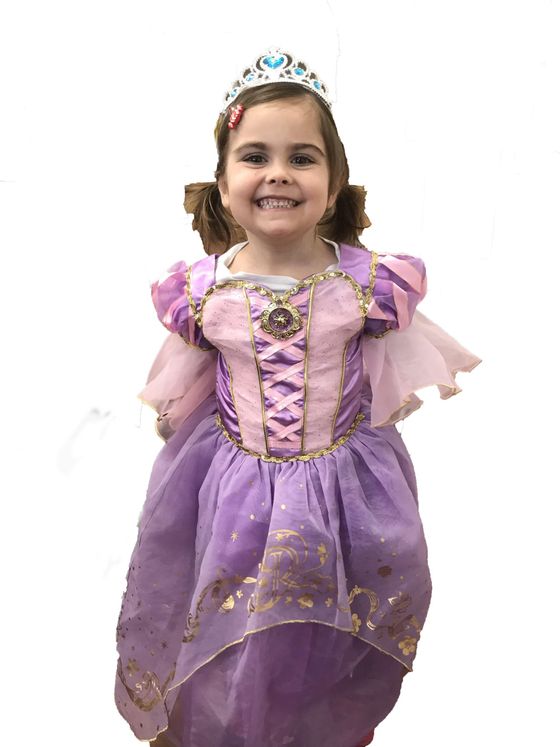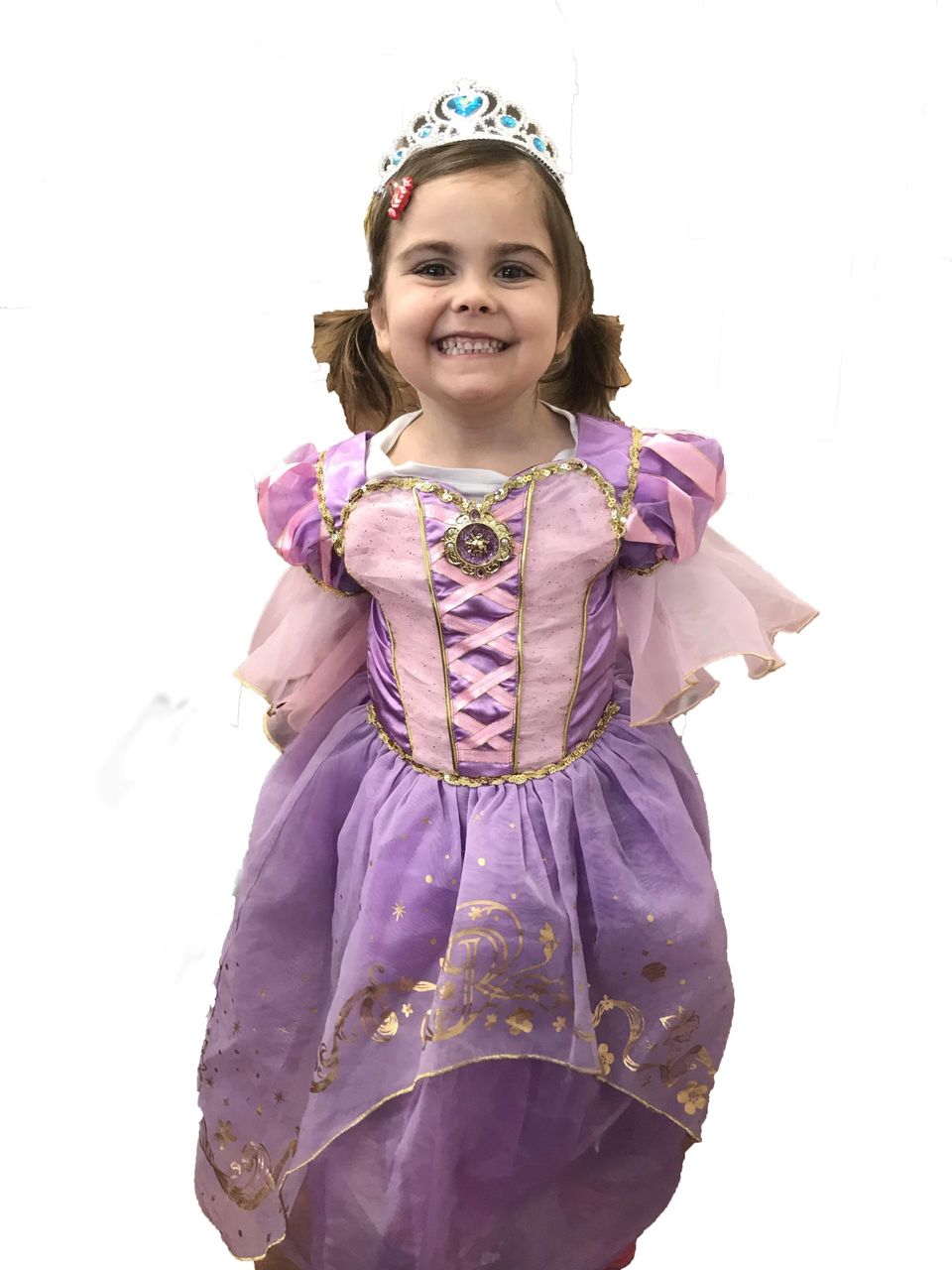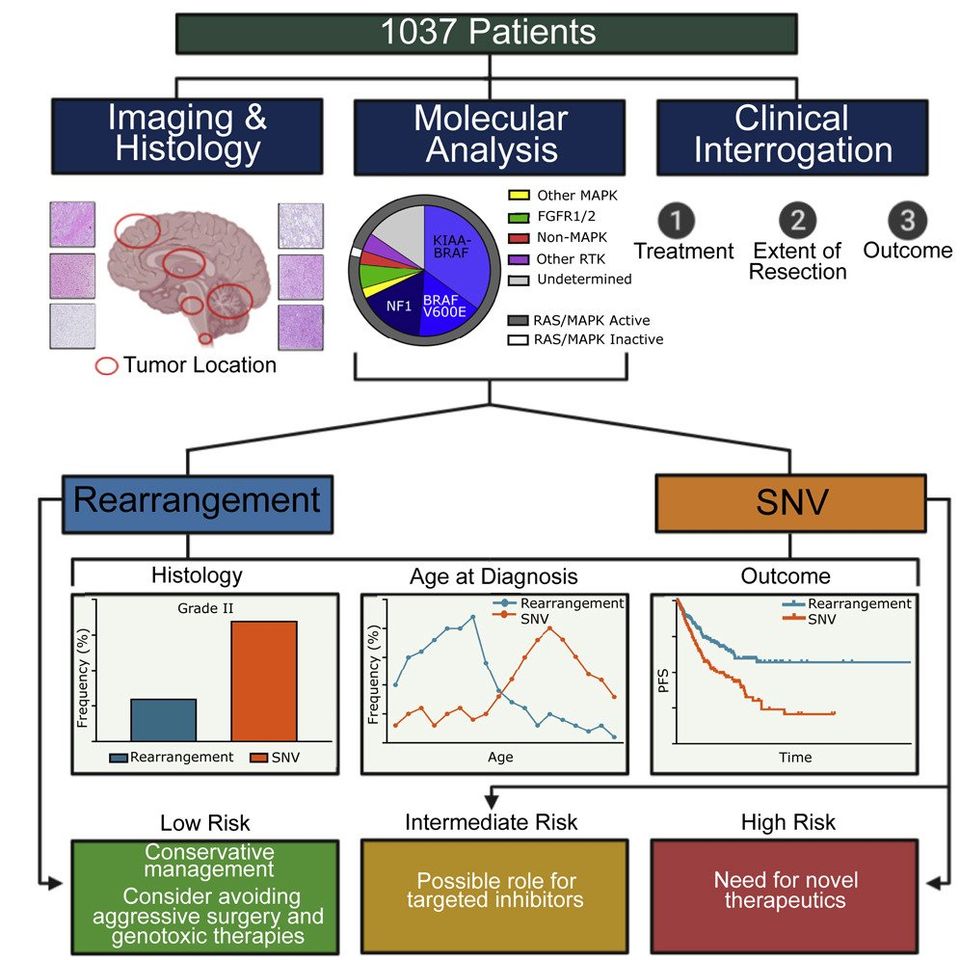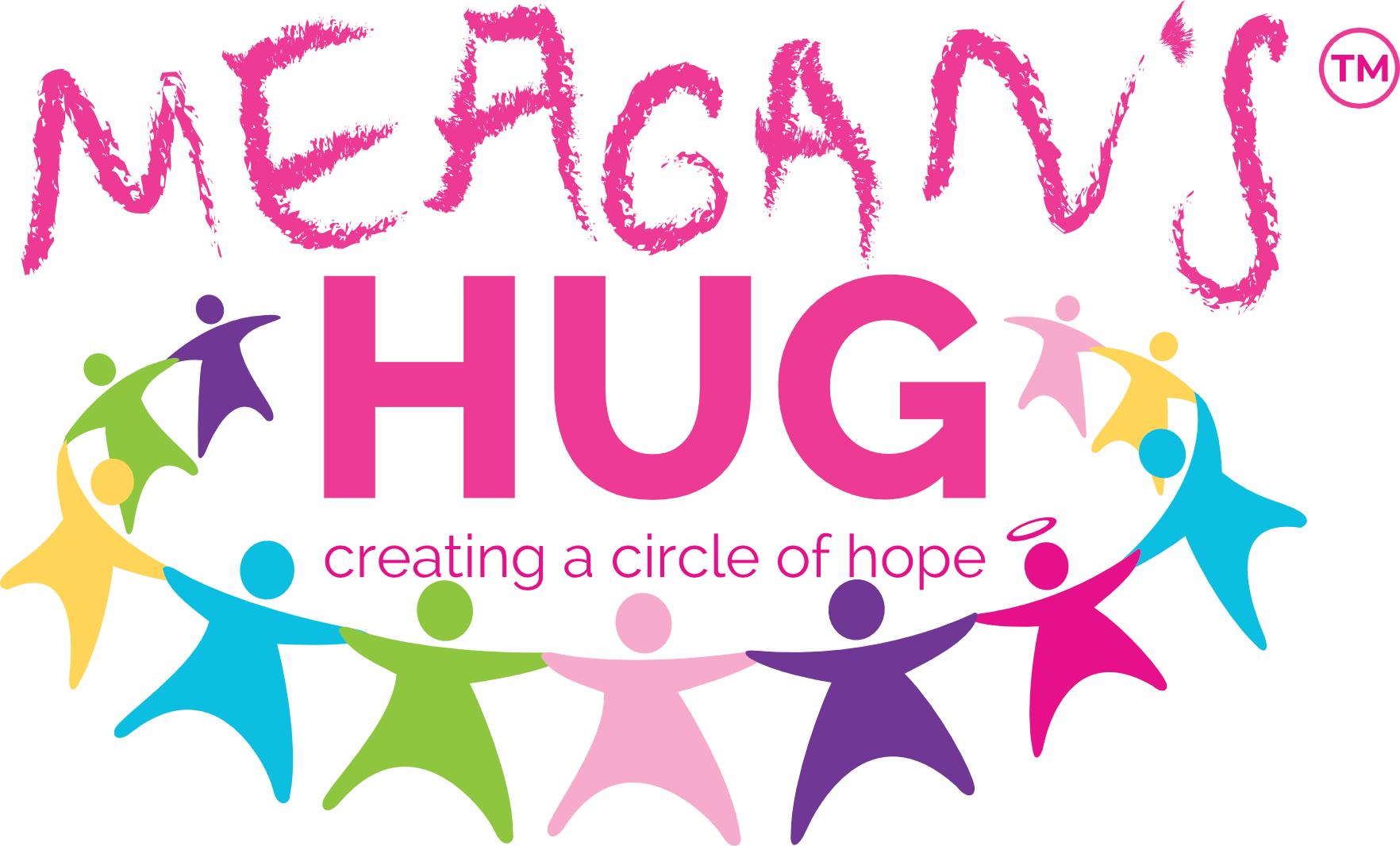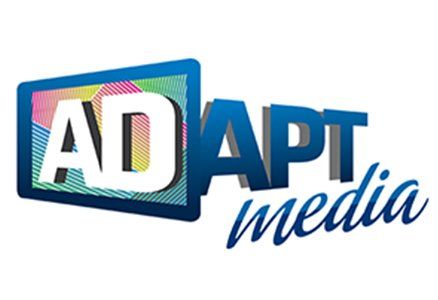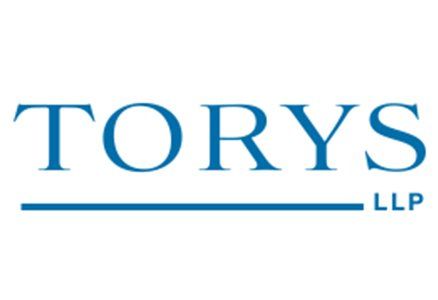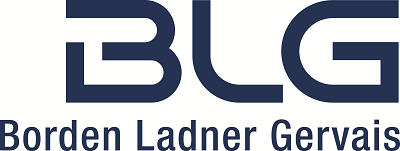Newsletter July 2020
Info Chameleon Digital Media • July 21, 2020
MEAGAN'S WALK NEWSLETTER
July 2020
MEAGAN'S WALK NEWSLETTER
July 2020
FUNDRAISING MILESTONES
A GIANT HUG OF THANKS!
Thanks to you, this year’s Together We Virtually
Hug campaign reached and passed the $100,000 mark in June. Let’s celebrate this milestone together!
THIS $100K MEANS:
Meagan’s Walk can fund 4 new seed research projects that could lead to the next major breakthrough in paediatric brain tumour research;
Meagan’s Walk can support the purchase of new lab equipment that can lead to improve patient treatments;
Meagan’s Walk can make a difference in the lives of children around the world.
All of this, thanks to you!
TOGETHER WE VIRTUALLY HUG!
DONATE
CLICK TOWATCH OUR
VIRTUAL HUG VIDEO!
There is work ahead of us to attain our annual fundraising goal. Our community remains strong, supportive and motivated!
In these uncertain times, the journey for our kids affected by brain tumours does not stop. Meagan's Walk funding for brain tumour research is now more important than ever.
Together we can reach our goal!
Together we can make a difference!
FUNDRAISING MILESTONES
A GIANT HUG OF THANKS!
Thanks to you, this year’s Together We Virtually
Hug campaign reached and passed the $100,000 mark in June. Let’s celebrate this milestone together!
THIS $100K MEANS:
Meagan’s Walk can fund 4 new seed research projects that could lead to the next major breakthrough in paediatric brain tumour research;
Meagan’s Walk can support the purchase of new lab equipment that can lead to improve patient treatments;
Meagan’s Walk can make a difference in the lives of children around the world.
All of this, thanks to you!
TOGETHER WE VIRTUALLY HUG!
DONATE
CLICK TOWATCH OUR
VIRTUAL HUG VIDEO!
There is work ahead of us to attain our annual fundraising goal. Our community remains strong, supportive and motivated!
In these uncertain times, the journey for our kids affected by brain tumours does not stop. Meagan's Walk funding for brain tumour research is now more important than ever.
Together we can reach our goal!
Together we can make a difference!
MEET HARPER
Sweet and resilient Harper, 6, was diagnosed with brain cancer in November 2017. Twenty-four hours after arriving at SickKids, surgeons successfully removed a dangerous tumour that had manifested in the lower part of her head.
But a difficult road lay ahead for the little girl.
Three-year-old Harper underwent five rounds of chemotherapy, two of which were high-dose cycles with a stem cell transplant. The powerful medicine ravaged her kidneys, liver and intestines, meaning that she had to be put on a feeding tube.
While Harper’s dad slept at the hospital, mom Sonja toted her two younger daughters back and forth from an apartment at Ronald McDonald House where they spent each night.
On the day of Meagan’s Walk & HUG two years ago, Sonja had been by Harper’s bedside, watching helplessly as she suffered the effects of her stem cell transplant. Sonja was feeling especially alone, but when she looked out the window to see that incredible hand-in-hand hug of hope around the hospital, her spirits soared.
Sweet and resilient Harper, 6, was diagnosed with brain cancer in November 2017. Twenty-four hours after arriving at SickKids, surgeons successfully removed a dangerous tumour that had manifested in the lower part of her head.
But a difficult road lay ahead for the little girl.
Three-year-old Harper underwent five rounds of chemotherapy, two of which were high-dose cycles with a stem cell transplant. The powerful medicine ravaged her kidneys, liver and intestines, meaning that she had to be put on a feeding tube.
While Harper’s dad slept at the hospital, mom Sonja toted her two younger daughters back and forth from an apartment at Ronald McDonald House where they spent each night.
On the day of Meagan’s Walk & HUG two years ago, Sonja had been by Harper’s bedside, watching helplessly as she suffered the effects of her stem cell transplant. Sonja was feeling especially alone, but when she looked out the window to see that incredible hand-in-hand hug of hope around the hospital, her spirits soared.
“It was such a beautiful moment to feel loved and be seen by all of these strangers,” recalls Sonja. “Later I learned that the event was for children with brain tumours, which made me feel even more seen, as we hadn’t met any other families with a child facing the same thing as Harper.”
Harper no longer spends her days at SickKids. She finished at-home maintenance chemotherapy last July, and joyfully attends senior kindergarten and gymnastics classes. She can’t wait to participate in Meagan’s Walk & HUG with her mom, dad and sisters.
“Meagan’s Walk and the money it raises for research is so important to us,” says Sonja. “It gave us another option other than radiation for Harper, and we are so unbelievably thankful for that.”
Research News from the Brain Tumour Research Centre (BTRC)
This month, we congratulate the lab of Dr. Cynthia Hawkins
In the April 13, 2020 edition of Cancer Cell, the Hawkins lab published a study titled ‘Integrated Molecular and Clinical Analysis of 1,000 Pediatric Low-Grade Gliomas’. This comprehensive study used robust clinical patient information with an analysis of tissue histology and DNA/RNA sequencing approaches to analyze the genetic changes in over 1000 patients with pediatric low-grade glioma (pLGG).
One of the study’s most important revelations came from the development of a “risk-stratification strategy”, which for the first time, allows for better understanding of the disease’s outcomes and enables doctors to identify the more aggressive tumour subtypes that should be prioritized for novel treatments.
The ability to assess future patients with this decision algorithm allows for strategies to rapidly choose the best treatment options with the hope of the best patient treatment response based on the tumours’ histology and molecular profile.
Christian Smith, PhD
Reseach Operations Manager, BTRC
In the April 13, 2020 edition of Cancer Cell, the Hawkins lab published a study titled ‘Integrated Molecular and Clinical Analysis of 1,000 Pediatric Low-Grade Gliomas’. This comprehensive study used robust clinical patient information with an analysis of tissue histology and DNA/RNA sequencing approaches to analyze the genetic changes in over 1000 patients with pediatric low-grade glioma (pLGG).
One of the study’s most important revelations came from the development of a “risk-stratification strategy”, which for the first time, allows for better understanding of the disease’s outcomes and enables doctors to identify the more aggressive tumour subtypes that should be prioritized for novel treatments. The ability to assess future patients with this decision algorithm allows for strategies to rapidly choose the best treatment options with the hope of the best patient treatment response based on the tumours’ histology and molecular profile.
Christian Smith, PhD
Reseach Operations Manager, BTRC
